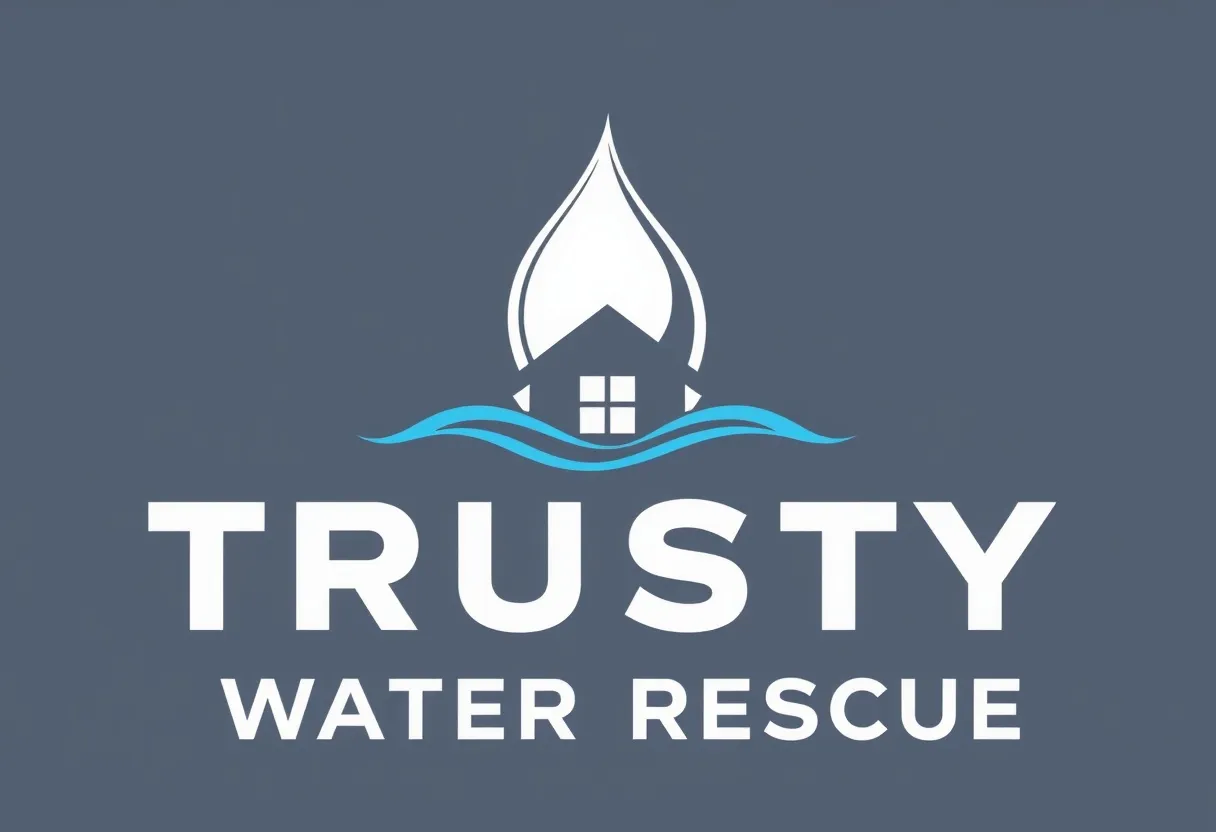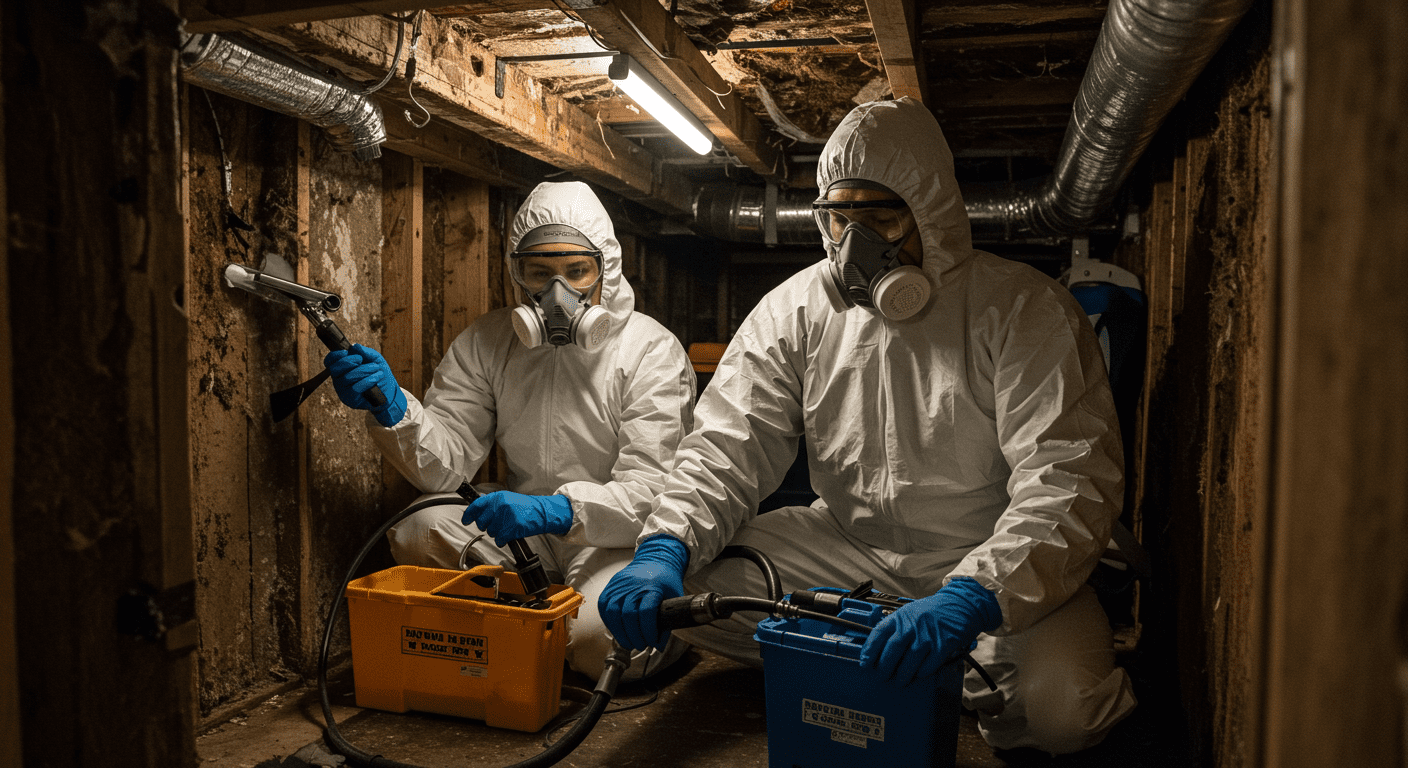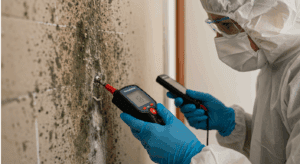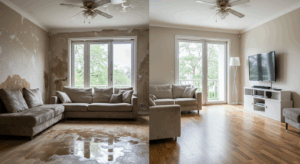Mold in crawl spaces is a common yet often overlooked issue that can have serious implications for both your home and health. For homeowners in Charlotte, NC, understanding the risks associated with mold and how to address them is crucial. This guide will explore why mold grows in crawl spaces, the health risks it poses, and effective strategies for remediation and prevention.
What is Mold and Why Does it Grow in Crawl Spaces?
Mold is a type of fungus that thrives in damp, dark, and poorly ventilated environments. Crawl spaces, often located beneath homes, provide the perfect conditions for mold growth due to their limited airflow and high humidity levels.
Types of Mold Commonly Found in Crawl Spaces
Crawl spaces can harbor various types of mold, including black mold (Stachybotrys), Aspergillus, and Penicillium. Black mold, in particular, is notorious for its toxic properties and potential health risks. These molds often appear as black, green, or white patches on wood, insulation, or other surfaces.
Conditions That Promote Mold Growth
Several factors contribute to mold growth in crawl spaces, including:
- High Humidity: Charlotte’s humid climate creates an ideal environment for mold.
- Water Leaks: Plumbing leaks or groundwater seepage can introduce moisture.
- Poor Ventilation: Limited airflow traps moisture, accelerating mold growth.
By addressing these conditions, homeowners can significantly reduce the risk of mold in their crawl spaces.
Health Risks Associated with Mold Exposure
Exposure to mold, especially in confined spaces like crawl spaces, can have a range of health effects. Understanding these risks is essential for protecting your family’s well-being.
Respiratory Issues and Allergic Reactions
Mold spores can become airborne and enter your home, leading to respiratory problems such as coughing, wheezing, and shortness of breath. Individuals with asthma or allergies may experience heightened symptoms, including nasal congestion, skin irritation, and itchy eyes.
Long-term Health Effects of Black Mold
Prolonged exposure to black mold can lead to more severe health issues, such as chronic sinus infections, fatigue, and even neurological problems. Vulnerable groups, including children, the elderly, and those with weakened immune systems, are particularly at risk.
For more information on addressing black mold, check out Expert Solutions for Black Mold in Your Basement: Essential Guide for Charlotte, NC Homeowners.
Effective Mold Remediation Strategies
Once mold is detected in your crawl space, taking immediate action is critical. Professional mold remediation services can ensure safe and effective removal.
Importance of Professional Mold Removal Services
Mold remediation experts have the tools and expertise to identify and eliminate mold at its source. They use specialized equipment, such as HEPA vacuums and antimicrobial treatments, to prevent mold from returning.
Steps for Safe Mold Remediation in Crawl Spaces
The remediation process typically involves:
- Inspection and Assessment: Identifying the extent of mold growth.
- Containment: Isolating the affected area to prevent spore spread.
- Removal: Physically removing mold-infested materials.
- Cleaning and Disinfection: Using professional-grade cleaners to eliminate spores.
For reliable services, consider Top Mold Remediation Cleaners in Charlotte, NC: Eco-Friendly Solutions for a Healthier Home.
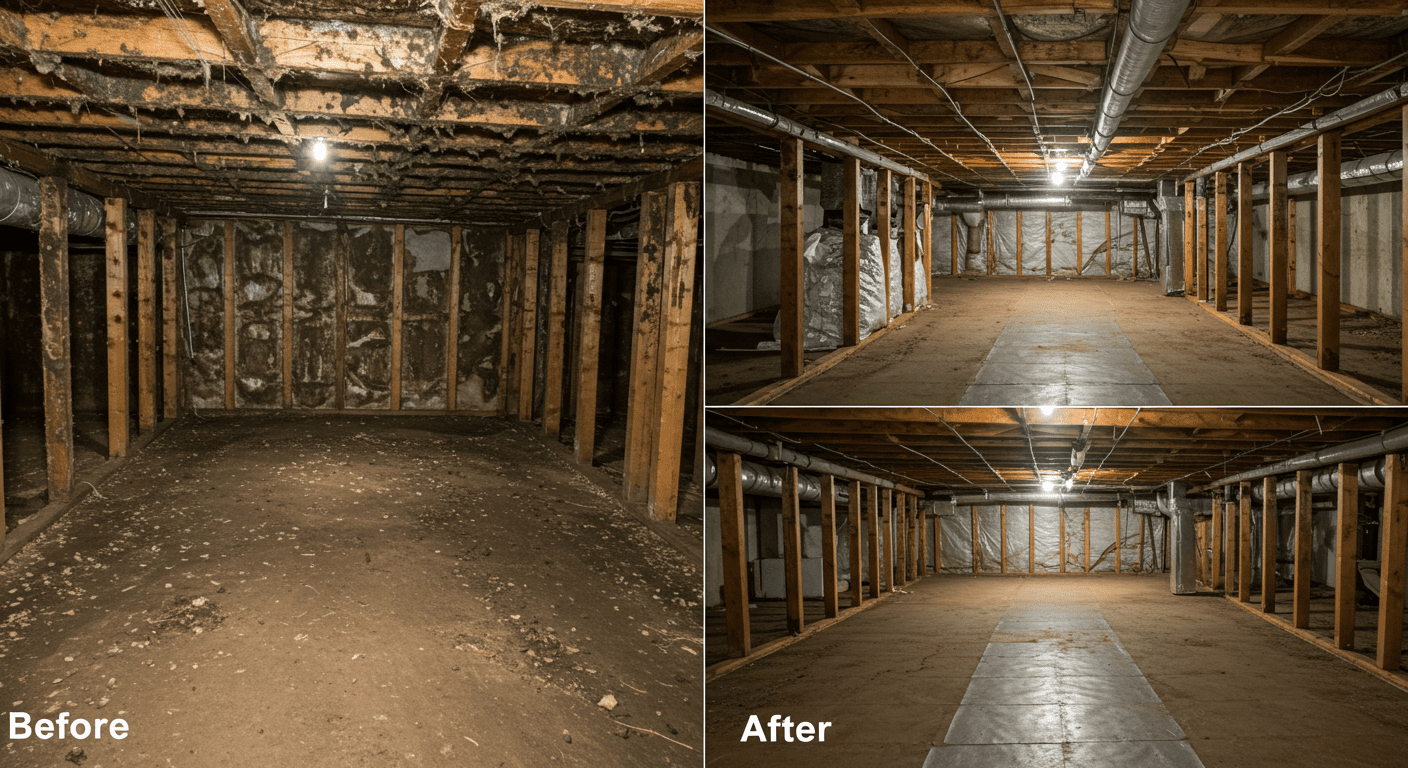
Preventing Mold Growth in Your Crawl Space
Prevention is always better than cure. Implementing proactive measures can help keep your crawl space mold-free.
Moisture Control and Ventilation Solutions
Controlling moisture is the first step in mold prevention. Consider the following:
- Crawl Space Encapsulation: Sealing the crawl space with a vapor barrier to block moisture.
- Dehumidifiers: Installing a dehumidifier to maintain optimal humidity levels.
- Improved Ventilation: Ensuring proper airflow to reduce dampness.
Importance of Regular Inspections and Maintenance
Routine inspections can help identify potential issues before they escalate. Look for signs of water damage, leaks, or musty odors, and address them promptly. Regular maintenance not only prevents mold but also extends the lifespan of your home’s foundation.
For additional tips, visit Comprehensive Mold Testing Services in Charlotte, NC: Protect Your Home and Health.
Conclusion
Mold in crawl spaces is a serious concern for homeowners in Charlotte, NC. By understanding the causes, health risks, and remediation strategies, you can protect your home and family from the dangers of mold. Whether it’s through professional removal services or preventive measures, taking action today can save you from costly repairs and health issues in the future.
